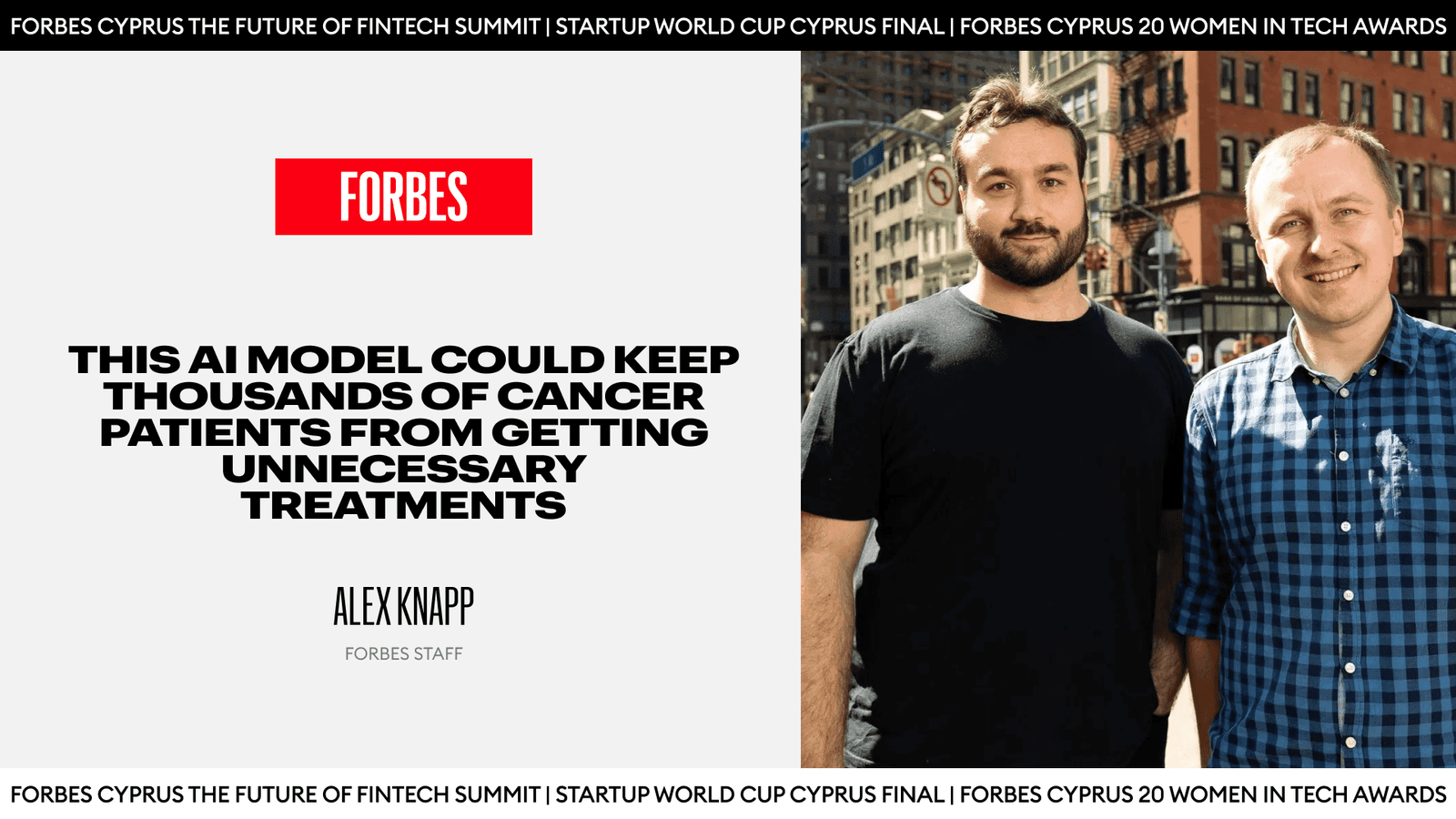One of the challenges of treating cancers is that they aren’t created equal. Some are fast and aggressive, others slow with lower risk. It’s often difficult to tell which is which, challenging to guide the course of treatment and leading to therapies whose risks outweigh the dangers of the cancer. There are some lab tests that can help, but it can take days or weeks to get results and their usefulness is sometimes specific to patients with specific genetic mutations.

Jan Witowski wants to change this. His company, Ataraxis, has developed an AI-powered diagnostic test, Ataraxis Breast, that can accurately assess whether a breast cancer is high risk or low risk , giving doctors insight as to whether a patient needs aggressive treatment. In a recent study, the company said that its system could be up to 30% more accurate than the current standard of care used in many hospitals today.
Follow THE FUTURE on LinkedIn, Facebook, Instagram, X and Telegram
“If you don’t benefit from chemotherapy, you want to avoid it,” CEO Witowski said. “And we show in the study and more broadly that we’re able to avoid unnecessary chemotherapy in potentially tens of thousands more breast cancer patients every year.”
Ataraxis today emerged from stealth with a $4 million seed round co-led by Giant Ventures and Obvious Ventures that it raised shortly after being founded in 2023.
Rohan Ganesh, a partner at Obvious Ventures, told Forbes that AI gives healthcare systems “the opportunity to tailor treatments more effectively than ever before. Ataraxis is at the forefront of this transformation, leveraging AI to enhance clinical decision-making.”
Witowski cofounded Ataraxis with chief science officer Krzysztof Geras in 2023. The pair met several years ago when Witowski was still in medical school and they bonded over the fact that both were from Poland and studying in New York. While Witowski was working in medicine, Geras was working on AI as an assistant professor at NYU. One of his colleagues at NYU is Yann LeCun, chief AI scientist for Facebook’s parent company Meta. LeCun is also an advisor at Ataraxis and helped develop its technical approach, including its foundation model, Kestrel, which extracts features from medical pathology images.
Ataraxis partnered with several hospitals to train models on historic images of tumors in over 4,500 breast cancer patients taken over the course of their disease progression. The company developed Ataraxis Breast by actually combining different prediction models, then using the average of each model’s prediction, which helps cancel out the errors of any single model. Combined with other methods like self-supervised learning, these techniques enabled accuracy with an “order of magnitude less data and less compute” than other approaches, Witowski said, which allowed the test to be developed less expensively. “I still have over $2 million in the bank,” he added. “We’ve been really capital efficient.”
Ataraxis validated the test results by having it analyze historic early-stage images of some 3,500 patients that it had not been trained on. Ataraxis Breast assessed the risk of those patients, which was compared to the patient’s actual history. The results of the study, which have not yet been peer-reviewed, were published on pre-print server Arxiv this week and found to be up to 30% more accurate than state-of-the-art lab tests.
Ataraxis plans to do more studies to validate its model and to develop other AI-powered insights to help physicians treat breast cancer patients. The company also plans to train new models on other cancers to expand its product line. Witowski added that he expects the company’s software to start being used by doctors by early 2025.
“The entire mission of our company is to start providing information and answers to questions where there was no alternative,” he said. “That’s what’s most important to us.”








